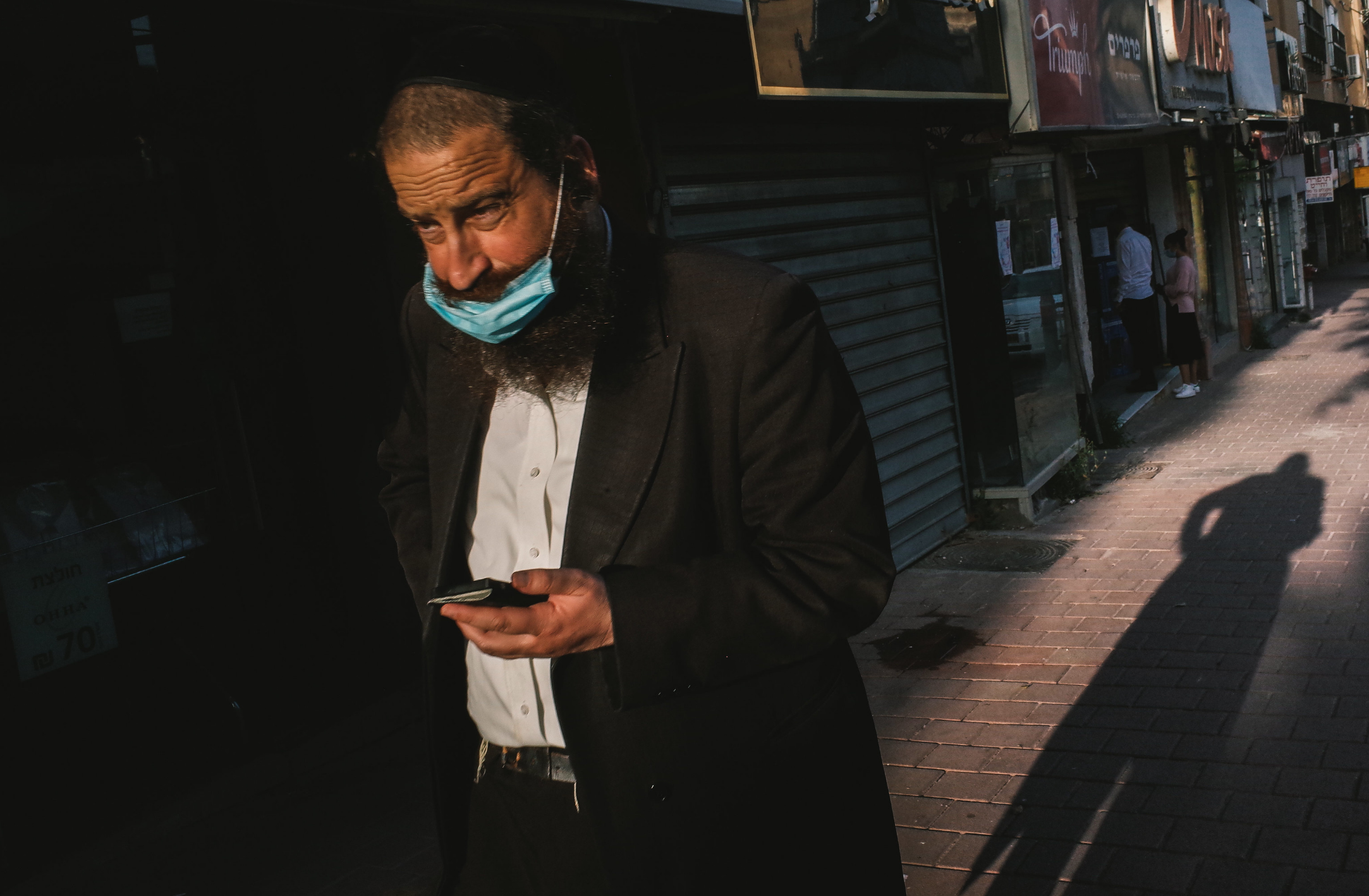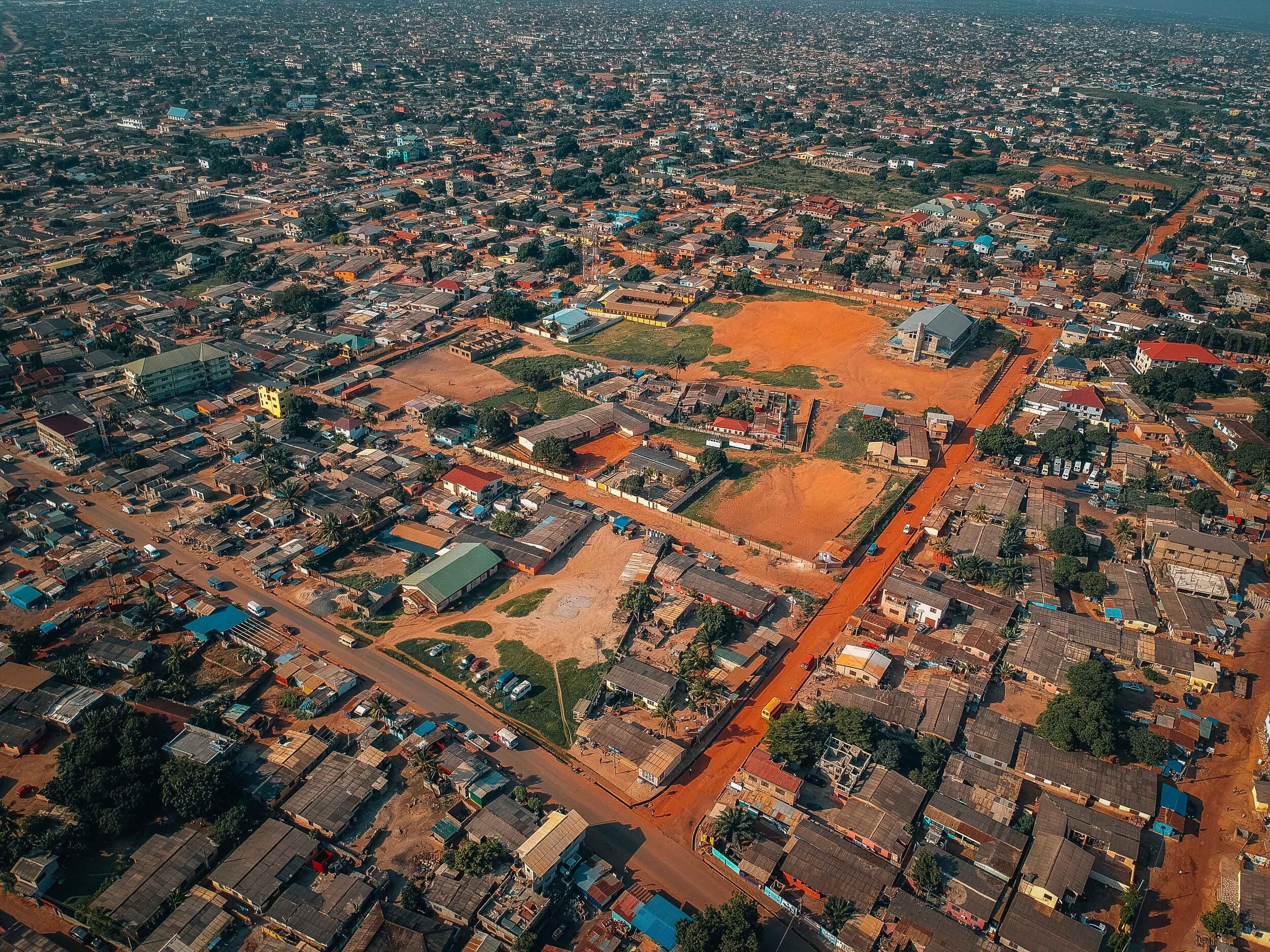In 2020, 580,466 people in the United States experienced homelessness on any given night, 2.2% more than in 2019. COVID-19 is likely a major factor in this increase.
In 2019, prior to the COVID-19 pandemic, over half a million people in the United States were experiencing homelessness each night. The U.S. Department of Housing and Urban Development reports that in 2020, this number increased by 2.2%. Though 2.2% may seem like a small figure, it amounts to an additional 12,751 people experiencing homelessness on any single night.
Numerous people lost their jobs due to the COVID-19 pandemic and struggled to find new ones in the midst of a global crisis. In April 2020, the U.S. unemployment rate peaked at 14.8%, the highest percentage since unemployment data began being recorded in 1948. By December, the unemployment rate had dropped to a still-elevated 6.7%. These record unemployment rates almost certainly contributed to the rise in homelessness. Data collected by the Congressional Research Service shows that in April 2020, unemployment rates in every state and the District of Columbia had reached levels greater than their highest rates during the Great Recession.
In addition to increasing the overall number of people experiencing homelessness, the pandemic contributed to worsening living conditions for unhoused people. There is more than one type of homelessness; the four main categories are chronic, episodic, transitional and hidden. These four categories are separated by how long a person has been experiencing homelessness and by what types of resources are available to them.
People experiencing chronic homelessness are defined as having been continually homeless for a year or more or having had four or more episodes of homelessness in the last three years. Rates of people experiencing chronic homelessness increased 15% from 2019, with 2020 being the first year since 2011 that the number passed 100,000 people.
There are also two other subcategories of homelessness: sheltered and unsheltered. Sheltered refers to those who are residing in a publicly or privately owned shelter that provides temporary housing, like an emergency shelter, transitional housing or even a motel. Unsheltered refers to those residing in a place not designed for human habitation, like on the street or in cars, abandoned buildings or other makeshift shelters.
People experiencing chronic homelessness are statistically more likely to fall into the unsheltered category. Rates of unsheltered homelessness also increased from 2019, by 7%. This rise in unsheltered homelessness is likely a direct result of the COVID-19 pandemic, which led shelters around the country to limit their capacity in order to allow for social distancing in an attempt to reduce the spread of the virus. The measure, though reasonable in the context of the pandemic, left many unsheltered.
Other support systems for people experiencing homelessness were limited by the pandemic as well, especially in the early months. Amid national lockdown orders, charities that offered food and warmth to the homeless shut down, and many volunteers at places like soup kitchens were afraid to work due to the risk of contracting COVID-19. Time magazine reports on this phenomenon of a social safety net shutdown in West Virginia, but similar things happened nationwide. Most indoor spaces were shut down, and unsheltered people living under a shelter-in-place order had nowhere to go.
Cities around the country reported increasing death rates among their homeless populations. Some of the deaths resulted from COVID-19 itself, as many people experiencing homelessness have preexisting conditions that make them fall into the high-risk category for the disease. The lack of social support systems also contributed to the high death rates, as people had nowhere consistent to turn in times of freezing cold, or even when looking for basic resources like food.
The pandemic has drawn attention to the severity of the homelessness crisis in the United States and to the necessity of social support systems, as well as programs designed to get people into housing. Some such programs, like California’s Project Roomkey and Project Homekey, were developed during the pandemic. However, government funding for these programs is often limited. There is hope that in 2021, governments will finally invest the money necessary to work toward ending homelessness. President Joe Biden has signed an executive order directing that the Federal Emergency Management Agency should fully reimburse what states spend to house people in non-congregate shelters through September 2021.
To Get Involved:
To learn more about America’s homelessness crisis and how to solve it, visit the website of the National Alliance to End Homelessness here.
To find resources to support a homeless shelter in your area, visit the Homeless Shelter Directory here.
Rachel Lynch
Rachel is a student at Sarah Lawrence College in Bronxville, NY currently taking a semester off. She plans to study Writing and Child Development. Rachel loves to travel and is inspired by the places she’s been and everywhere she wants to go. She hopes to educate people on social justice issues and the history and culture of travel destinations through her writing.















































